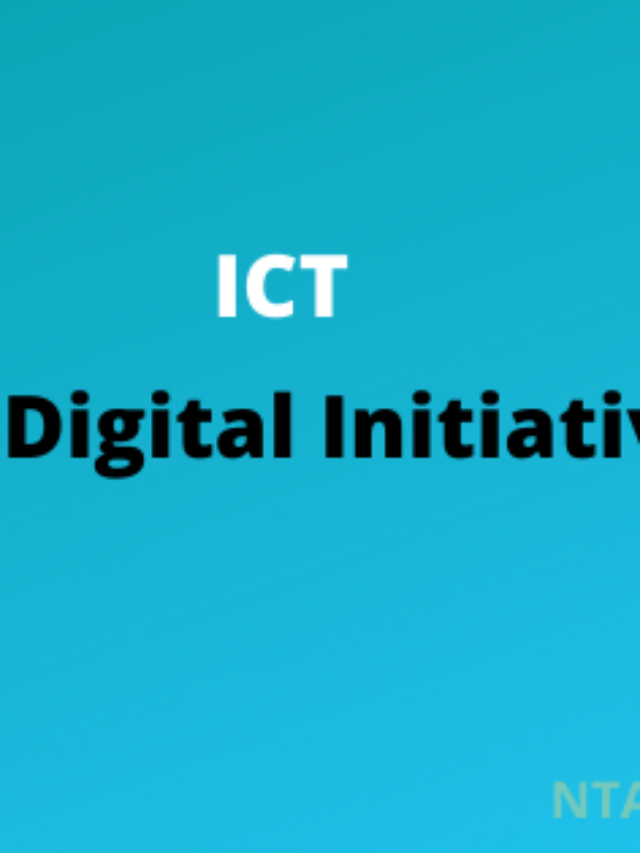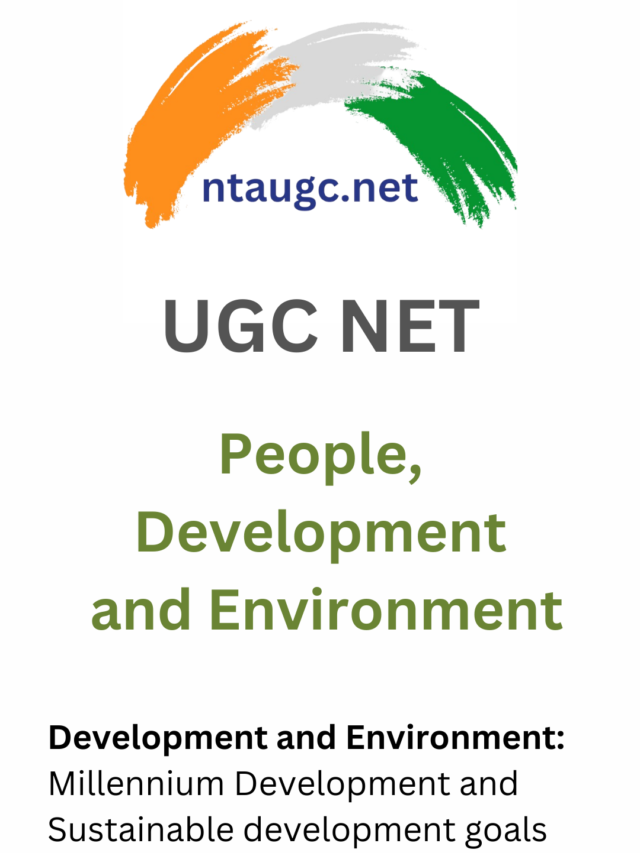Objectives of Using ICT in Higher Education
- Improving Access to Online Education: ICT enables the creation of online courses and platforms, increasing access to education for students who may be unable to attend traditional classes due to geographical, personal, or time constraints.
- Enhancing Teaching Quality in Remote Areas: ICT can bridge the gap between urban and remote locations by delivering high-quality educational content to areas where physical resources might be limited.
- Enhancing Transparency and Strengthening Systems: ICT can streamline administrative processes, making them more transparent and efficient. This includes managing admissions, registrations, fee payments, and other administrative tasks.
- Measuring Learning Participation and Effectiveness: Online education platforms allow educators to track students’ engagement with course materials, assignments, and assessments, enabling them to gauge the effectiveness of their teaching methods.
- Analyzing Student Behavior and Involvement: By analyzing students’ interactions with online platforms, educators can understand their behavior, preferences, and engagement patterns, helping to tailor the learning experience to suit individual needs.
- Optimizing Retention and Placement: ICT tools can identify at-risk students and provide interventions to improve their chances of success. Additionally, data-driven insights can be used to enhance placement opportunities based on students’ skills and preferences.
- Conducting Brand Audits and Analysis: Institutions can analyze website traffic, social media engagement, and application volumes to assess their reputation and standing. This data helps in shaping marketing strategies and understanding student preferences.
Strengths and Limitations of ICTs
Strengths of ICTs
ICTs offer a range of strengths that contribute to a more effective learning experience. Some of these strengths include:
- Personalized Learning: ICTs enable individualized learning, treating learners as distinct individuals rather than a uniform group. This approach offers flexibility, allowing each person to engage with the medium and content at their own pace. The concept of self-paced learning supports this process.
- Interactivity: Through interactive features, learners can engage with content more effectively. They can navigate forwards and backwards within the material and start at any point based on their prior knowledge and experience. Sequential progression is not always required.
- Overcoming Distance and Climate Constraints: ICTs allow education to transcend the traditional confines of schools and colleges. Teaching can be tailored to individual needs, and geographical and climatic barriers can be overcome. This combination of distance and climate challenges can be addressed through ICT solutions.
- Cost-Efficiency, Speed, and Reach: As the number of learners increases, the per-unit cost decreases, despite potentially higher initial investments. Additionally, content delivery happens almost instantly. This efficiency in cost, speed, and reach is a significant advantage.
- Versatility in Teaching and Diverse Audience Engagement: ICTs, particularly computer-based technologies and the internet, offer a range of teaching functions. They can aid in drills, interactive practices, problem-solving, accessing information, and acquiring knowledge on various subjects. They accommodate diverse learning styles and audiences.
- Consistent Quality: When well-produced and of high quality, ICT content ensures a uniform level of quality in education. This quality remains consistent across different socio-economic backgrounds, whether urban or rural, affluent or underprivileged. ICTs can act as an equalizing force in this regard.
Limitations of ICT
ICTs also have certain weaknesses that we must understand. Some of the weaknesses depend upon the use of ICTs. and it includes the following.
- High Infrastructure and Start-Up Costs: The establishment and upkeep of ICT systems involve substantial financial investments. Expenses related to hardware, software, and maintenance can be notably high.
- Economies of Scale Over Individual Differences: To achieve cost efficiencies, content is often standardized to cater to larger audiences. This approach, however, overlooks individual differences among students. Such an approach might lead to a digital divide in classrooms, favoring tech-savvy students and potentially hindering the learning progress of those less familiar with technology.
- Accessibility Challenges: Equal access to ICTs is not universal, creating disparities in benefits. Even if a medium like radio has widespread coverage, not all listeners may have access due to factors such as timing of broadcasts, electricity availability, socio-cultural influences, poverty, illiteracy, and other limitations.
- ICT as a Delivery System: ICTs primarily serve as delivery mechanisms for content rather than tools to induce significant attitudinal or behavioral shifts. They don’t necessarily result in major changes in learning outcomes.
- Difficulty in Performance Evaluation: Assessing learning outcomes from ICT-based education can be multifaceted and long-term in nature, often requiring more time than spontaneous classroom evaluations.
- Ongoing Training Needs: As technology evolves, continuous training is essential for educators to remain proficient. Resistance to change and inadequate expertise among teachers can hinder updating course content online, potentially slowing down student learning. Broad training across all stakeholders is necessary.
- Shift in Teaching-Learning Paradigm: Using ICTs introduces a new approach to teaching and learning. This shift might emphasize the development of ICT skills over the primary learning objectives. The increased reliance on ICTs can affect the teacher-student relationship, as technology replaces face-to-face interactions, potentially leading to a sense of detachment.











